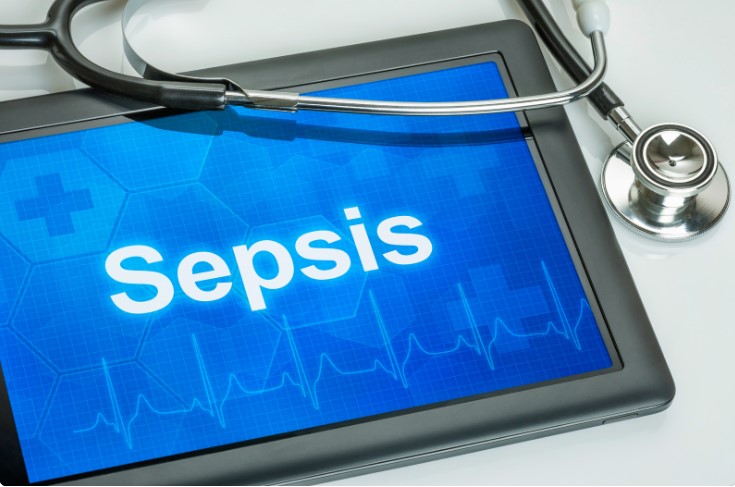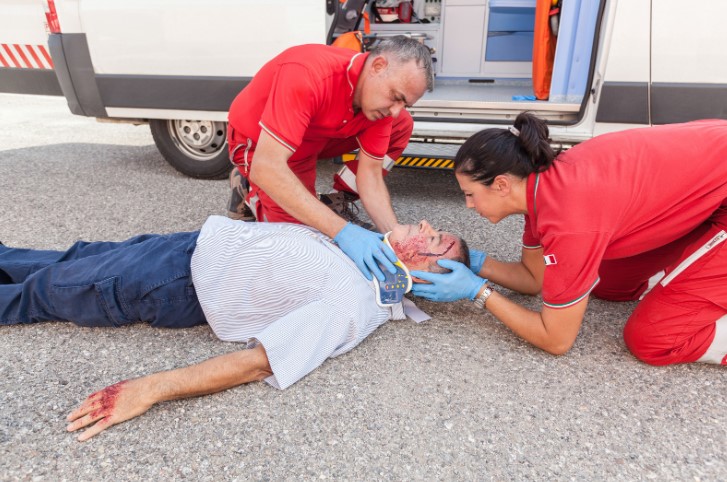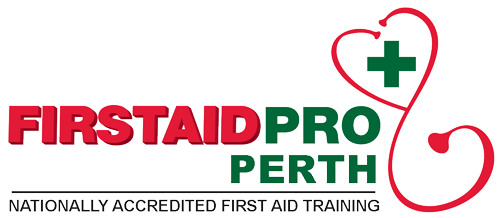How to Perform CPR on an Infant: Infant CPR is one of those skills that you should know how to do, especially for parents and other caregivers. Although we hope to never have used this in our children, it is important to know the steps to help them in an emergency.
The Importance Of Infant CPR
Knowing CPR steps can aid in saving the life of anyone, including infants and babies. While it is not easy as mainstream media would have us all believe, the performance of CPR can mean the difference between complete recovery and serious, irreversible harm.
While adult and infant CPR have similarities, working with small bodies requires particular considerations. Understanding the difference between the two is extremely important.
The common reasons for which infants require CPR intervention includes severe allergic reaction, airway obstruction, choking, and near-drowning emergencies.
Cardiopulmonary resuscitation (CPR) helps restore blood flow to the brain, heart, and viral organs. Without it, permanent brain damage could occur within minutes and eventually become fatal. CPR also help restore normal breathing until advanced life support is available.
This lifesaving technique is most successful when performed as soon as possible. Only perform CPR in a situation where the infant shows no signs of life or is unconscious, unresponsive, or not breathing normally.
With children, quick and effective application of CPR is important for them to make a complete recovery and avoid any permanent disability.
CPR For Infants
Before giving an infant CPR, check the scene and the child. Make sure the scene is safe and check for the infant’s response by tapping on the shoulder and flicking the bottom of their foot.
If the infant does not respond, call triple zero (000), then administer the following steps.
Get Them Into Position
Put the infant on its back on a firm, flat surface. Stand or kneel to their side, with your hips at a slight angle.
Give 30 Compressions
Keep your arms straight and give 30 gentle chest compressions at a rate of 100 to 120 compressions per minute. Use two or three fingers placed parallel to the centre of their chest, just below the nipple line.
Press down for approximately one-third of the depth of the chest or about one and a half inches. Allow the infant’s chest to return to normal position after each compression.
Open The Airway
Open the airways to a slightly past-neutral position using the health-tilt or chin-life technique. Do not tilt their head too far back, as it can result in injury.
Give 2 Gentle Breaths
If the baby is not breathing or has trouble breathing, cover their mouth and nose with your mouth and give two gentle breaths. Each breath should be at least one second long, and you should see the infant’s chest rise with each breath.
Continue Cycle
Continue giving sets of 30 chest compressions and two breaths until there is an obvious sign of life, an AED is available, or EMS personnel arrive on the scene.
Learn Infant CPR
The best way to learn infant CPR is in a formal class provided by a trusted registered training provider.
Attending CPR training will teach you how to prevent, recognise, and respond to breathing emergencies involving your child. You’ll also learn how to safely use an AED on a baby.
A certified instructor will guide you using the proper techniques and will use an infant-sized manikin to demonstrate ways to perform CPR on an infant.
You may also learn accident prevention and childproofing tips and tricks to ensure your baby stays safe at all times.
Be prepared for moments that matter by taking a CPR class.
Book a course today with the First Aid Course Canberra.








